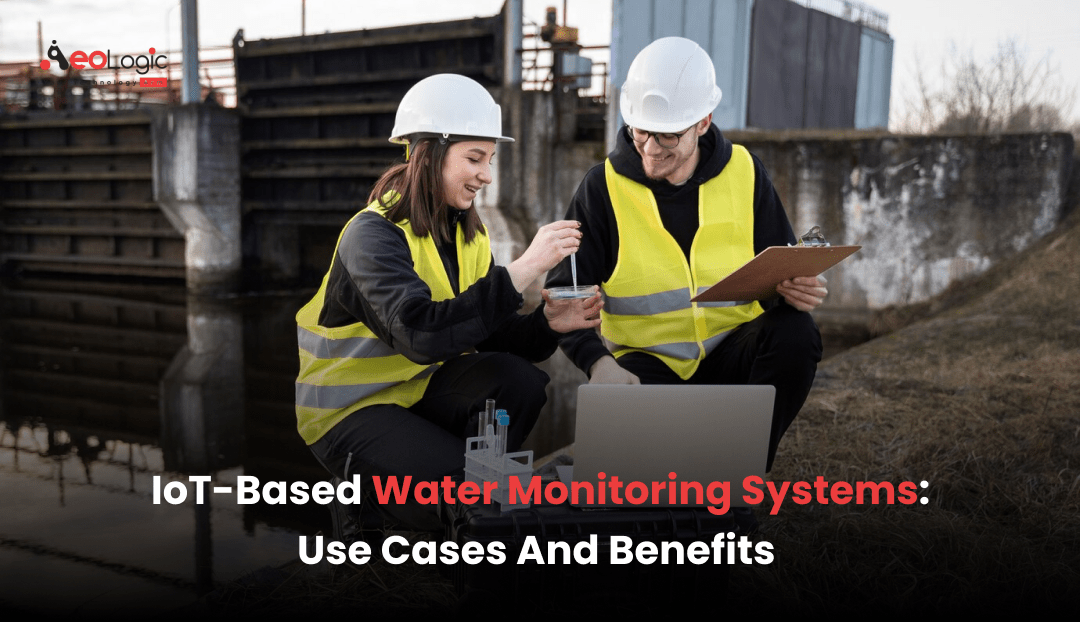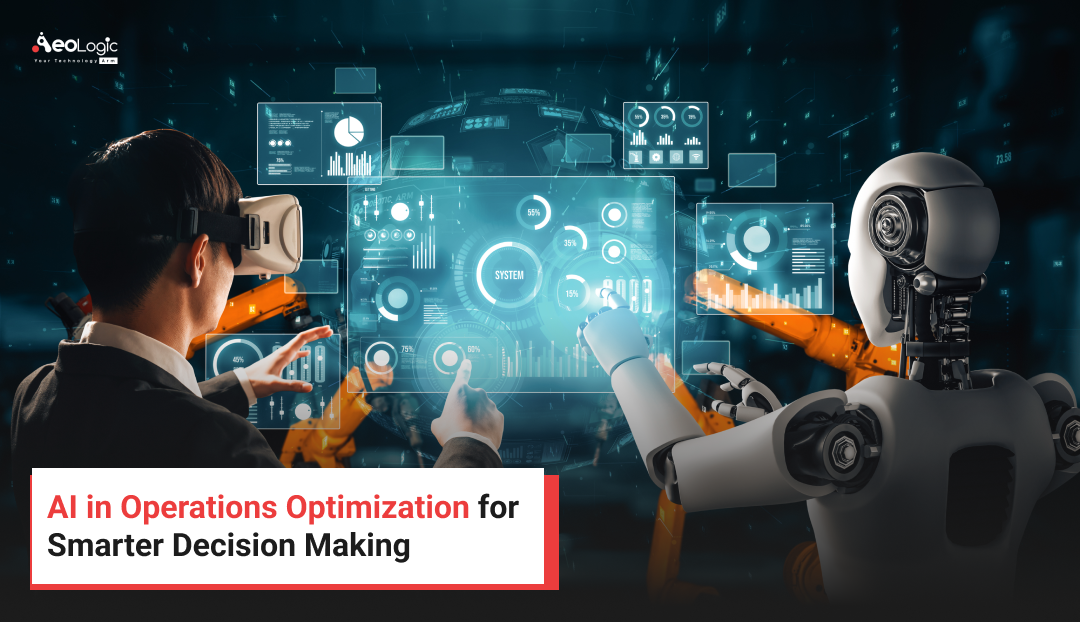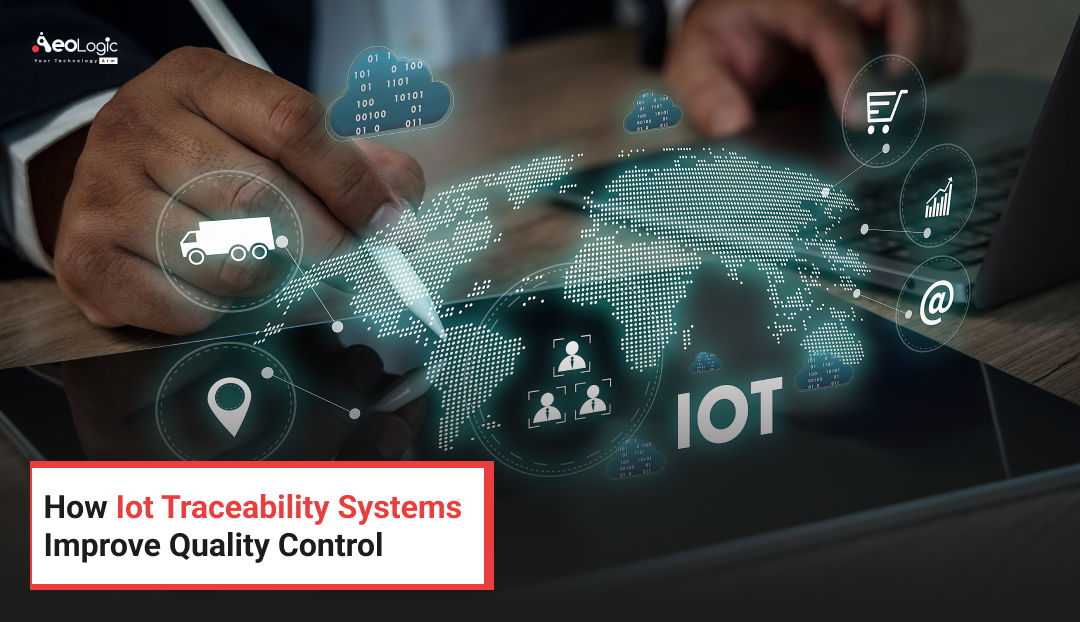Water is the most crucial factor in agriculture, as proper monitoring of water has a positive impact on crop production. However, monitoring and analyzing water conditions is not easy. Every year, crop production around the world is affected by poor water monitoring systems. In today’s demanding world, proper water monitoring is essential as it can be a matter of life and death due to starvation. Technologies like IoT-based water monitoring systems can play a significant role in monitoring water across all sectors.
Since all technology cannot be used for water monitoring, only a specific one can contribute. Best IoT solutions are the technology that can contribute to water monitoring. Since IoT has been contributing to the agriculture sector for many years as the Internet of Things (IoT) in the Agriculture Market size was valued at USD 27.1 billion in 2019 and is poised to grow from USD 30.51 billion in 2023 to USD 78.85 billion by 2031, growing at a CAGR of 12.6% in the forecast period (2024-2031).
In this article, we will see many details related to the IoT-based water monitoring system as use cases, benefits, characteristics, and much more. In the end, we will conclude that it is worth it for today’s world.
What is an IoT-Based Water Monitoring System?
First, the IoT technology refers to the collective network of connected devices and the technology that operates communication between devices and the cloud, also between the devices themselves. IoT-based monitoring refers to analyzing many aspects related to water such as water flow rates, pressure levels, temperature, water quality parameters, etc to detect the problem and fix it. This reduces the time to find the problems that affect crop production and soil fertility overall improves the condition of the crop and also reduces water wastage.
Also Read: How IoT Solutions Drive Innovation Across Industries
Importance of IoT Water Monitoring System
It has become more important to people to know about the safety of drinking water since the late 1990s. Many water utilities have made water quality monitoring devices that can get real-time information about source water quality. Smart sensors and Internet of Things (IoT) remote tracking systems have been around since the beginning of the 21st century. They can measure pH, turbidity, dissolved oxygen, and other properties of water. Some methods for remote sensing have also been used to check the quality of water in rivers, estuaries, and coastal bodies of water.
How does an IoT-Based Monitoring System Make a Positive Impact?
If we talk about how an IoT-based water monitoring system works so To establish remote water monitoring and early warning of water quality, it collects data on water bodies using sensors, meters, and other devices. It then uses an IoT gateway and platform to integrate, analyze, and process the data. All data can be used to analyze the condition of water and cure the problems present in water. All data can be seen on the internet with the help of a wifi system.
Features of IoT-Based Water Monitoring System
IoT technology possesses a lot of characteristics for water monitoring as there are few characteristics mentioned below.
Intelligence and Identity
The collected data cannot be brought into use until the data can be integrated properly. Collected data in the aspect of water monitoring can be analyzed with the help of these features. Each IoT device has a unique identity. This identification helps track the equipment and at times query its status.
Dynamic and Self-Adapting
IoT possesses features of self-adapting as it can adapt to different situations as water monitoring can be possible in different environments like different light and temperature conditions. This is a good feature, for water monitoring.
Connectivity
Connectivity is the most basic feature of IoT technology as it can integrate different devices. This enables water monitoring more efficiently in real-time with the help of more devices together.
Also Read: The Power of IoT in Retail to Optimize Your Business
Benefits of IoT-Based Water Monitoring System
IoT technology has a lot of features that offer many benefits for water monitoring as here are a few benefits mentioned below.
1. Track and Optimize Water Usage
IoT-based water monitoring systems can enable the tracking of water usage as to how much water is needed to provide the crops and also optimize the usage of water to reduce the wastage of water. This saves the water and saves the crops from overwater flow.
It helps you find leaks quickly and fix them, supports smart water use, and stops people from stealing or misusing water. You can save money and water for future generations by figuring out how to use water in the present.
2. Real-Time Monitoring
Imagine being able to easily watch how much water your living community uses from your computer or smartphone. Now that water monitors can connect to the internet, this is possible. IoT-enabled sensors gather real-time information about how much water is being used, which you can get to through an easy-to-use app.
With Aeologic Advance Solutions, you are in charge of all of your water management. Residents can easily see how much water is in all of their tanks at any given time and get immediate alerts for leaks, dry runs, and other issues that involve water. This useful information gives you the tools you need to avoid costly fixes and actively help save water.
Historical Reports
IoT-based water monitoring enables the keeping of a historical record of each process and piece of equipment. This makes it a lot easier for managers to make decisions at a single glance and share them with the appropriate person when required.
Seamless Communication
An IoT-based water-level monitoring solution helps water authorities buckle up at times of risks like floods, rising river water levels, etc. This offers seamless integration and communication within the authorities through interconnected devices, ensuring productive inputs and informed decision-making.
Automatic Detection
IoT technology is significant for finding tanks with low water levels so that people are quickly notified when water levels drop. This smart feature of keeps people from running out of water without warning and gives them plenty of time to do something about it. By automating the process, smart water management systems also get rid of the trouble of filling up tanks. When low water levels are noticed, the system can automatically fill up the tank with water, making sure there is always water without the need for human intervention.
Use cases of IoT-Based Water Monitoring Systems
Above mentioned benefits and characteristics bring many use cases of IoT for water monitoring. Here are a few use cases mentioned below.
- Municipal water management can be enhanced through the IoT-based water monitoring system as it deals with aspects of water supply and water technology concerning planning, processing, building, and production.
- Iot-based water monitoring can enhance the water treatment plants by continuously monitoring the water quality at different stages.
- Remote wastewater monitoring with the help of IoT allows factories to track water usage in their processes, identify areas for reduction, and ensure compliance with environmental regulations.
Challenges of IoT-Based Water Monitoring
IoT-based water monitoring systems have many advantages but there could be some challenges too as there are a few challenges mentioned below.
- Initial investment cost is too high in the water management of IoT so this could be a concern for many.
- Compatibility issues with the existing system are also concerning as it takes some time to integrate the IoT-based water system with other devices.
- Data overload can also be a concern as if there is more data collected together then it could crash the system.
Also Read: Top IoT Security Challenges and Solutions
Final Words
IoT solutions provides creative ways to enhance the sustainable city’s water management. Real-time monitoring of water quality, contaminant detection, and optimal water use can be achieved with the aid of connected sensors and IoT platforms. We also have seen the detailed aspects of the IoT-based water monitoring system and can conclude that this is the best way to improve water monitoring and optimize water resources. Everyone should be aware of this technology as this can also be helpful in sustainable development.

I’m Deepika Pandey, an SEO strategist and content writer with 6+ years of experience. I create SEO-friendly content that drives traffic and engages readers. I combine data insights with creativity to help businesses grow their online presence effectively.






